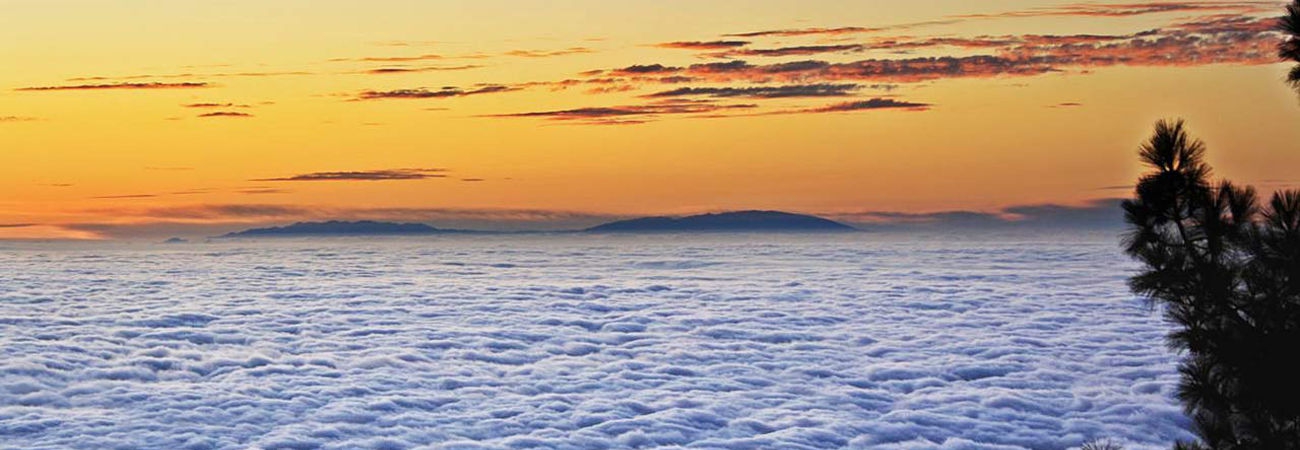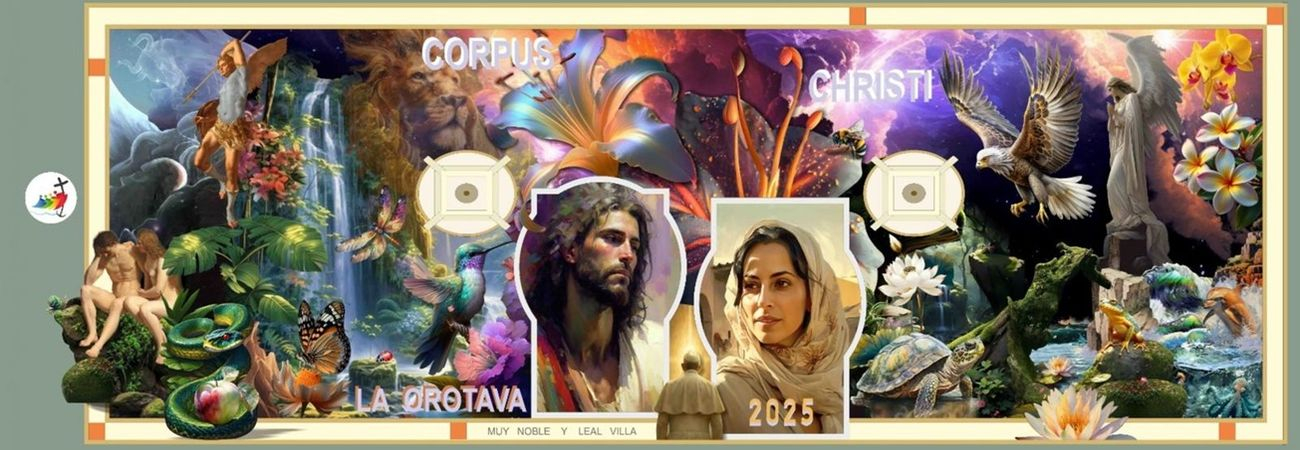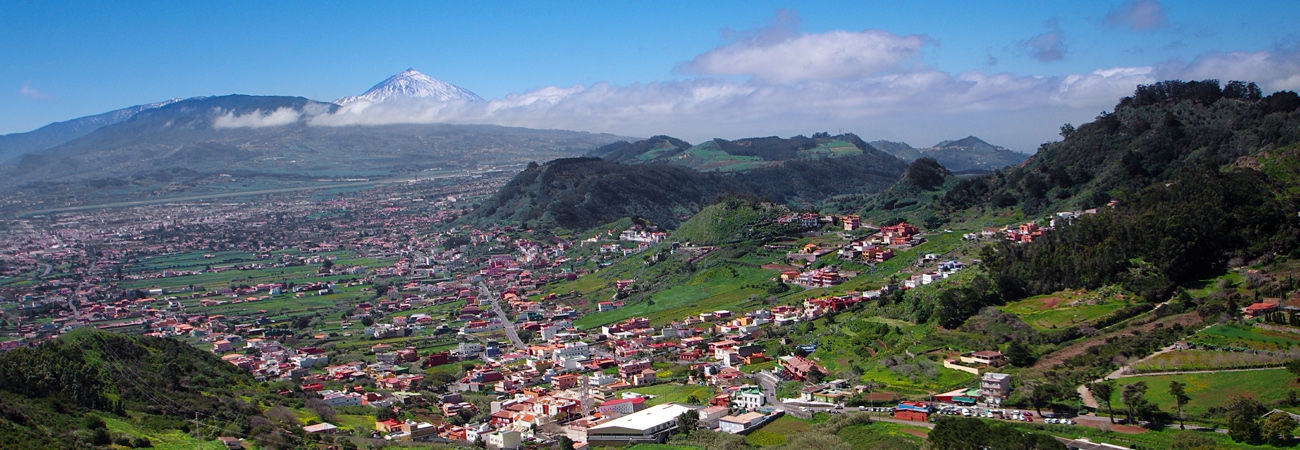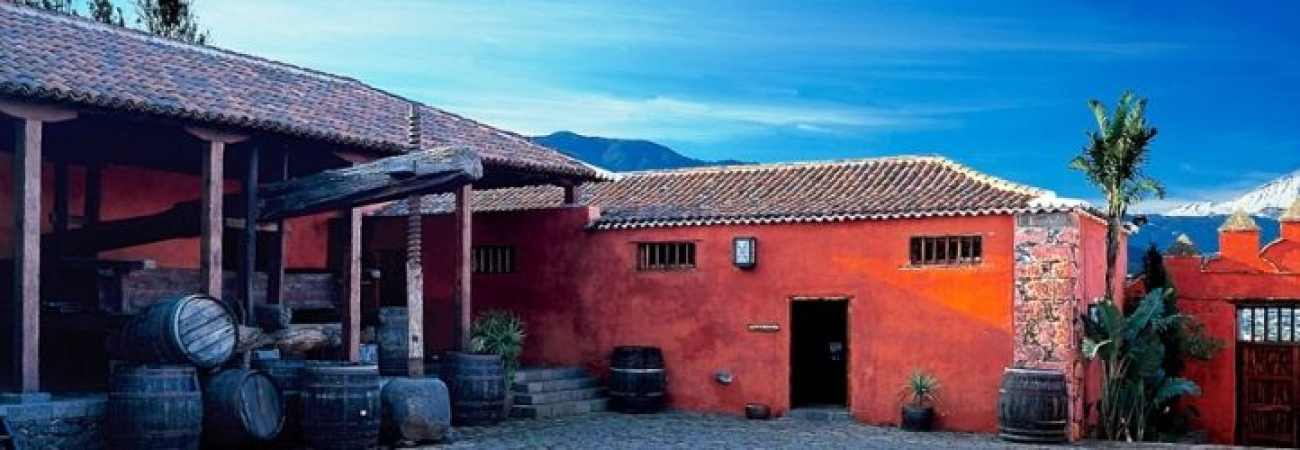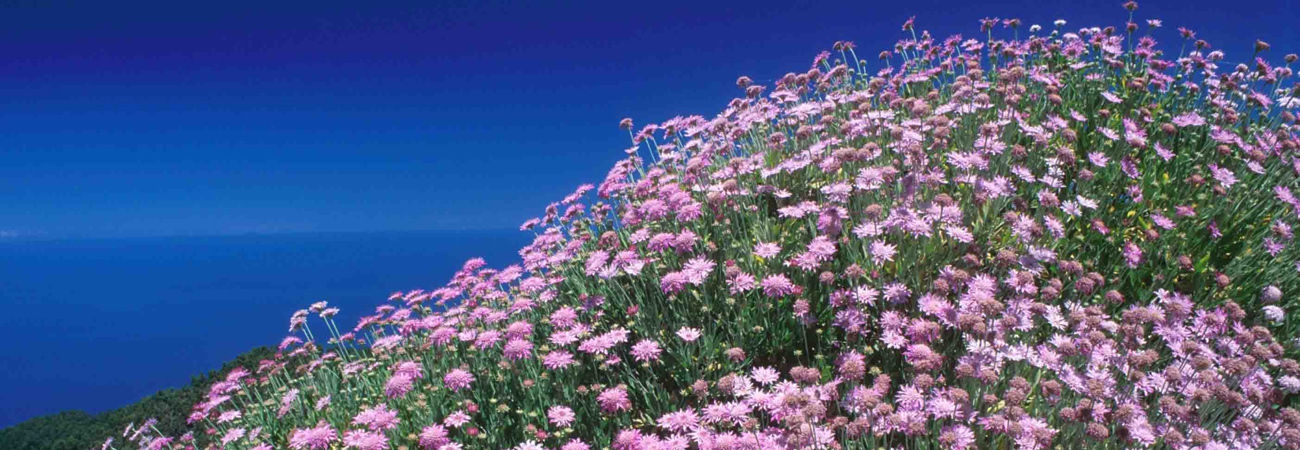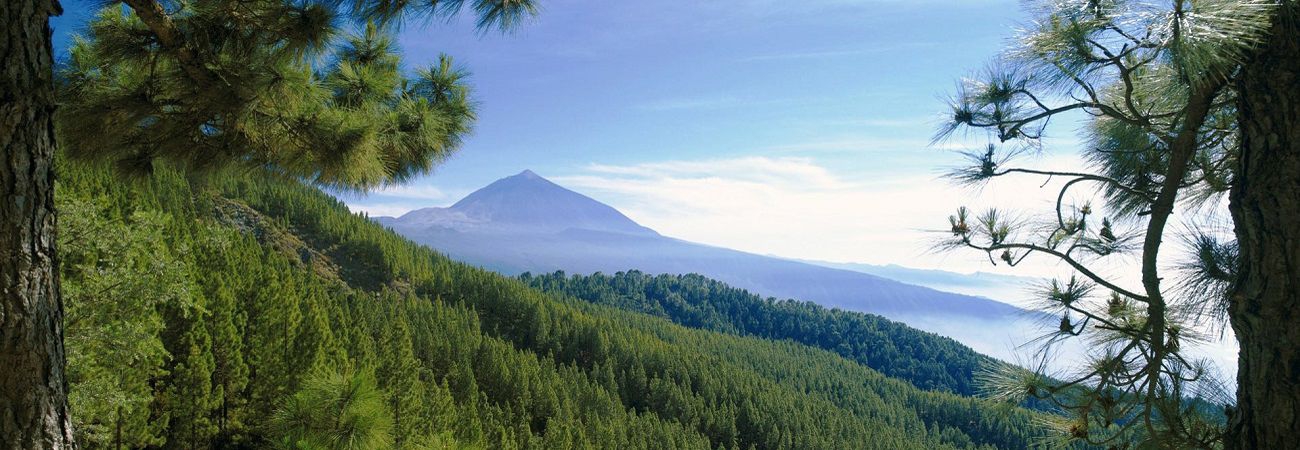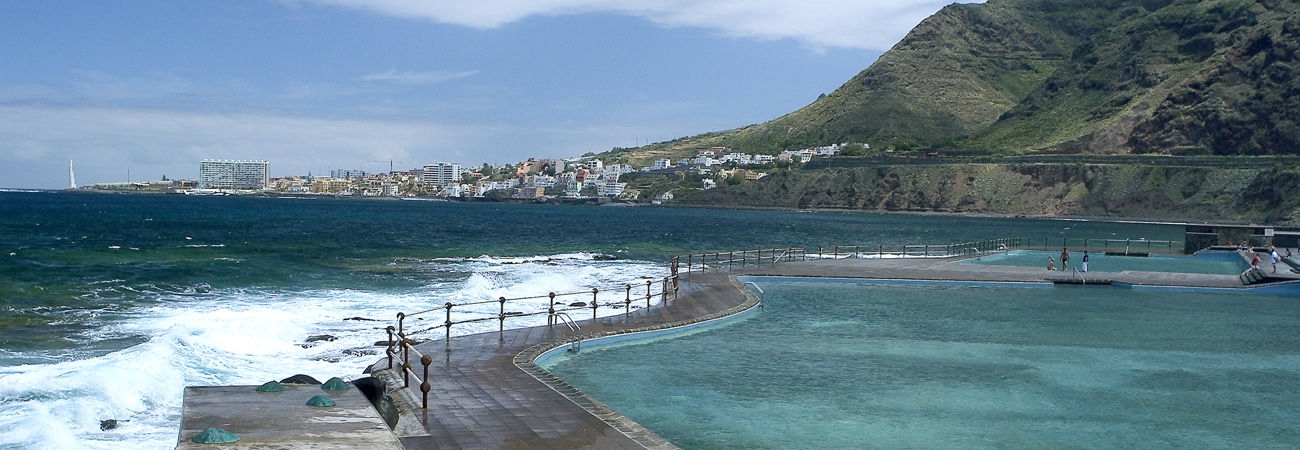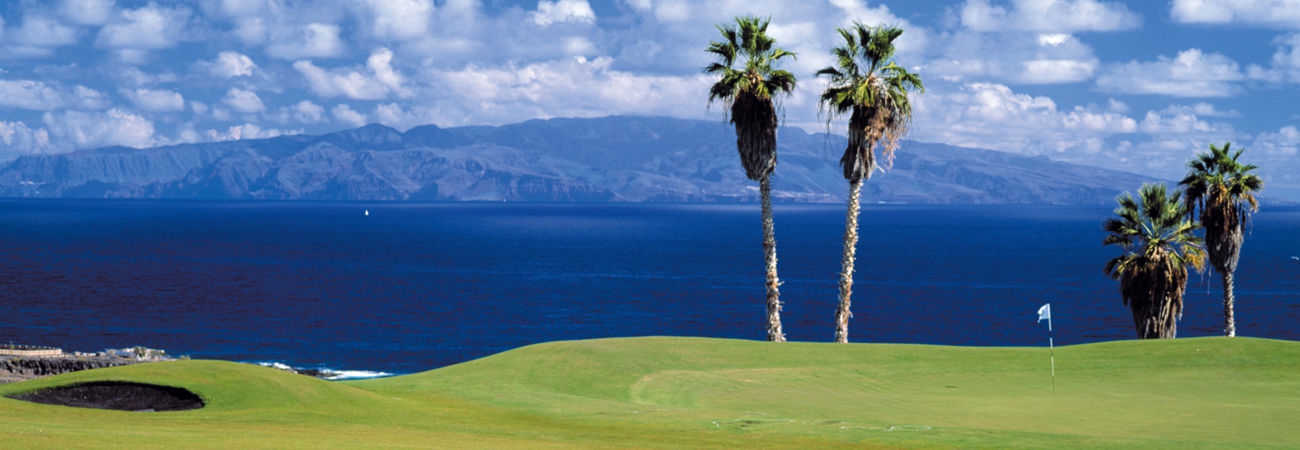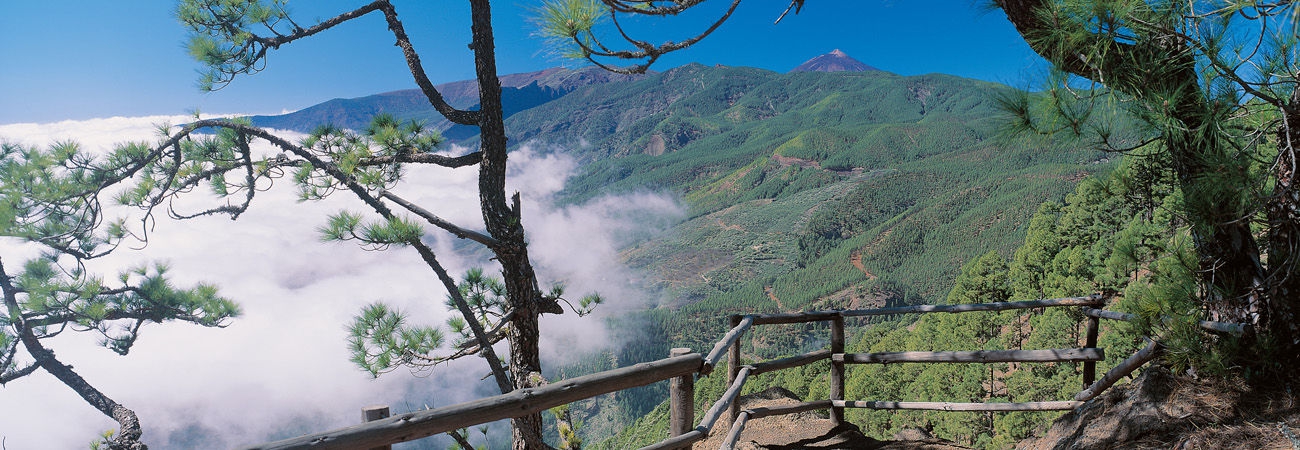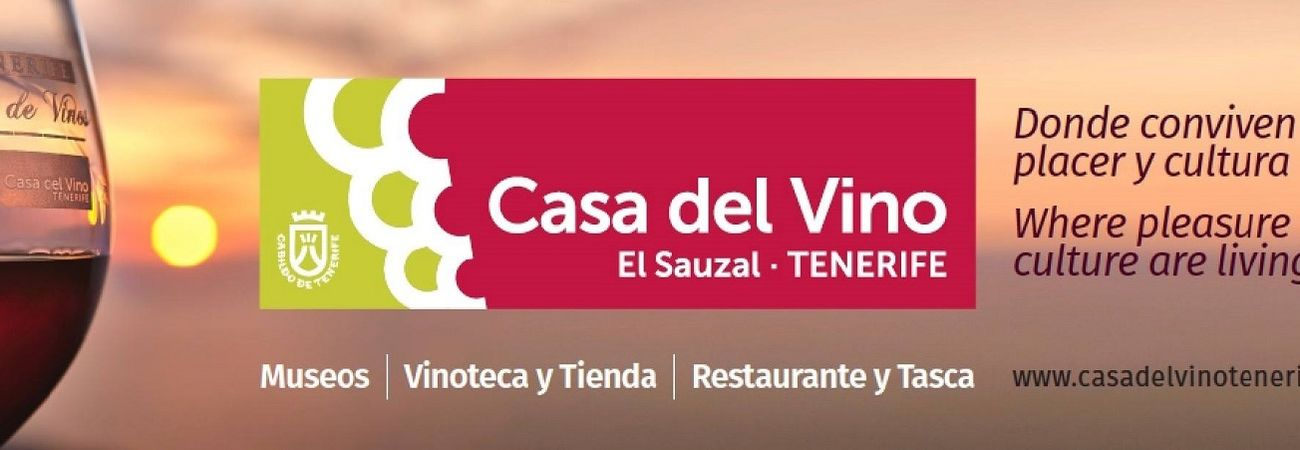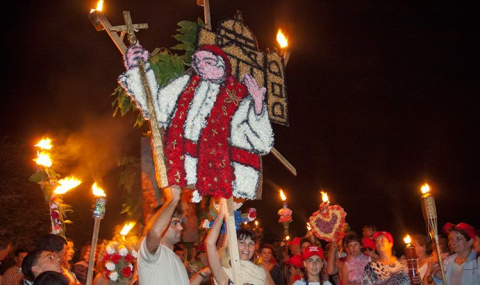Icod de los Vinos
FIESTAS OF SAN ANDRÉS
During the fiestas people get out their "tablas", or boards, for a ride. This is a unique tradition in the Canary Islands, consisting of hurtling down the steep streets on a greased heartwood board. Large boards and small carry one or more people. The night before the fiesta, the new wine is baptised. Family vineyards are open for friends and visitors to try the wine.
The baptism is accompanied by typical Canary Island songs, including "isas", "folias" and "malagueñas".
THE FIESTAS OF SANTA BÁRBARA
The fiestas start with many decorated vehicles going out in search of the branch.
The streets are bedecked with branches and a hand-made arch is built on the main facade of the church and prizes are awarded for the best decorated private houses.
On the eve of the main day, there is a floral tribute accompanied by trumpets and drums. Shortly afterwards, the lady suppliers make their traditional offering of cakes and pastries, with all kinds of cakes and baskets on display, all to the accompaniment of a folklore group. The main day of the fiestas is when members of the Artillery come to town to pay tribute to their Patron Saint in a mass also attended by all the local authorities. The rosary is said in the evening and the figure of Santa Barbara is taken out in a procession, with fireworks being let off all along the route. The fiestas end with the flag being handed over to next year's fiestas committee, before the final street festivities are held.
LOS HACHITOS ON MIDSUMMER’S NIGHT
Midsummer’s Night in Icod de los Vinos is filled with colour and light. The town comes alive for one of the most awaited festivities of the year. The tradition of the Hachitos— torches made from pitch pine—were used to light up the night and date back to pre-Hispanic times. The Hachos are a kind of wooden candelabra, measuring between two and three metres in height, finished off in oil-soaked rags that are then lit and used as torches. The structures are decorated with branches, flowers and ribbons. At nightfall, bonfires are lit and the parade begins in La Vega, wending its way to El Amparo to the sounds of traditional music, Tajaraste, and the excited cries of the participants.
This festivity originated as a cult to fire to celebrate the summer solstice. Today, however, the last section takes the form of a procession behind the image of St. John. Hachitos are also laid out on the hillside like figures, while others are thrown downhill to represent lava flow.







